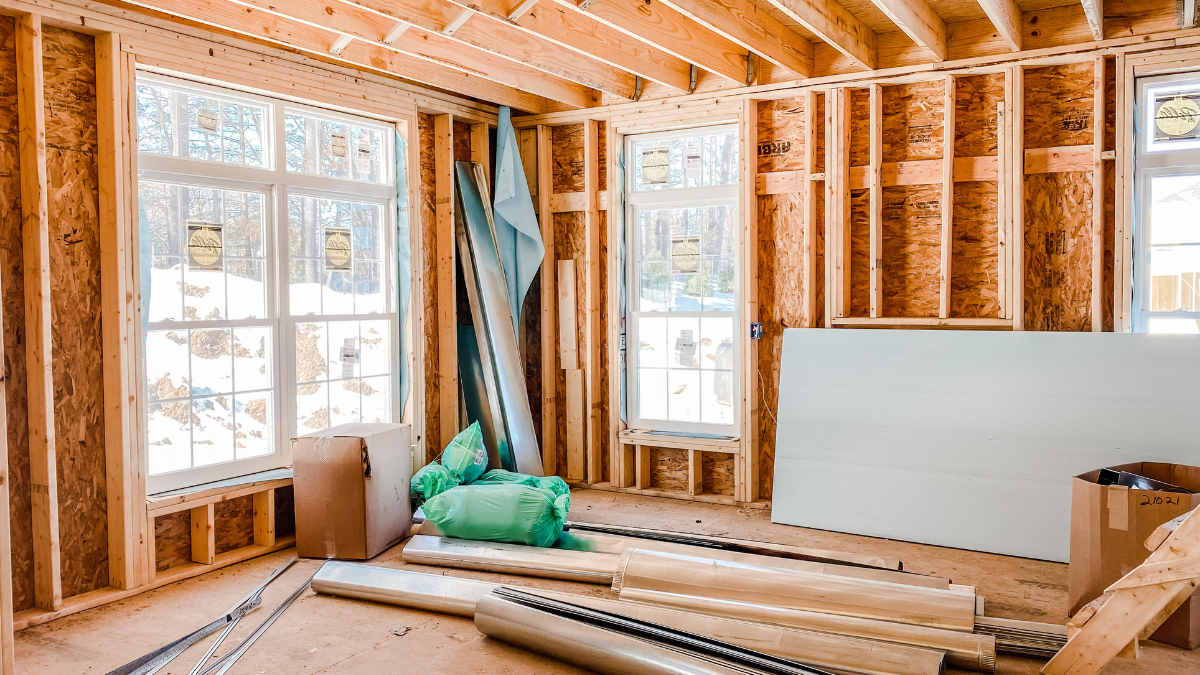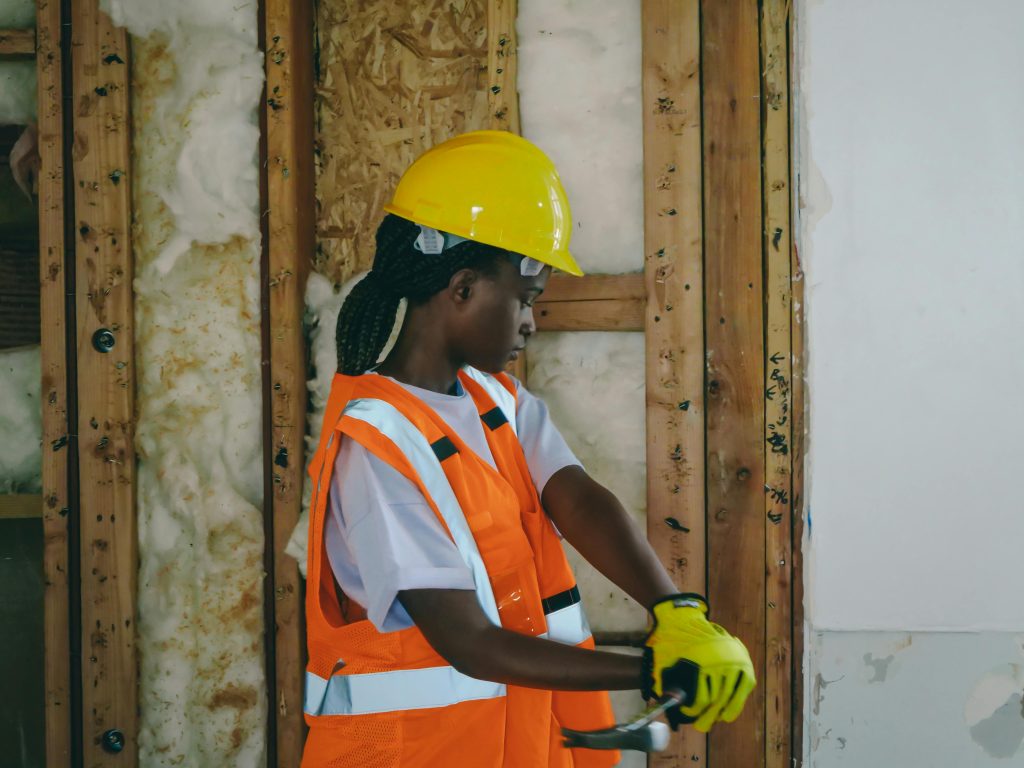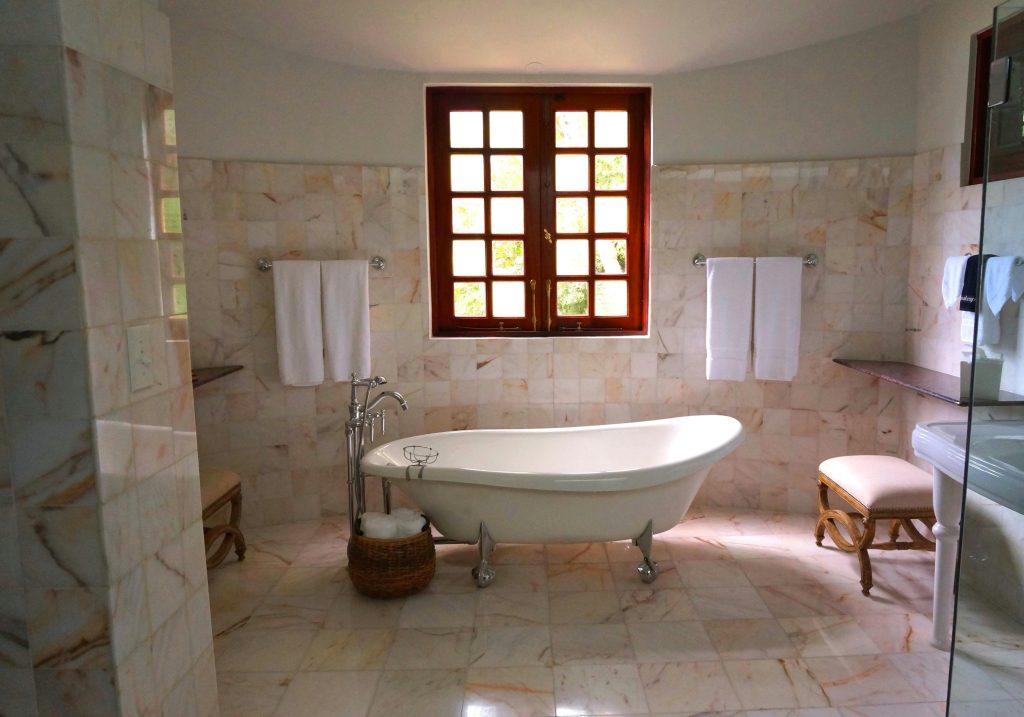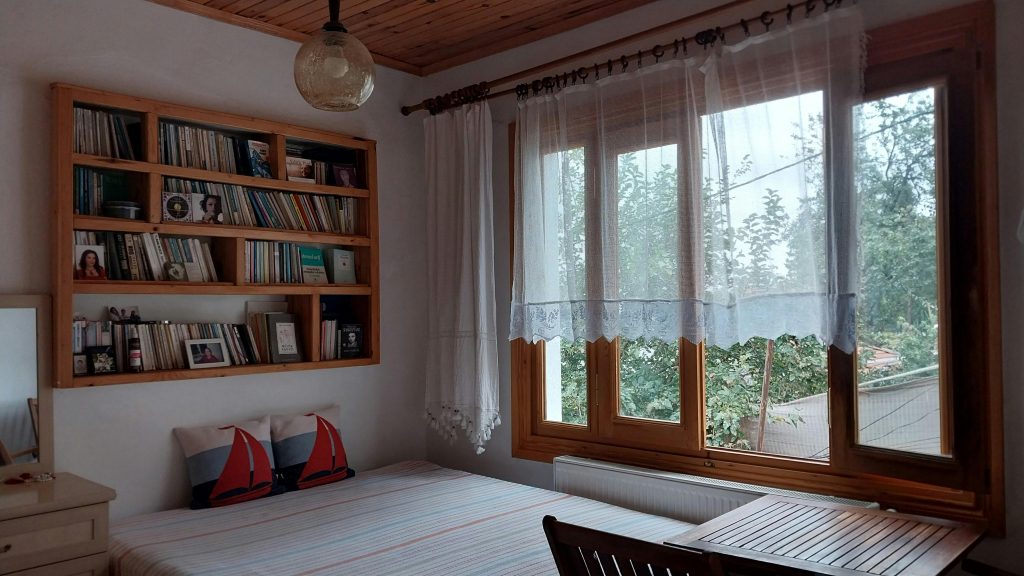Home additions can be one of the most transformative — and expensive — projects a homeowner takes on. Whether you’re thinking about a larger kitchen, an extra bedroom, or even a second story, it’s natural to wonder: Will this really pay off?
Most homeowners think about return on investment in broad strokes. But there’s more to the equation than resale value alone. A well-planned addition can improve your quality of life, help you avoid moving, and still add value — but only if you approach the process with realistic expectations and smart planning.
1. Understand the True Definition of ROI
When people talk about ROI for home improvements, they usually mean the percentage of costs recouped at resale. For example, if you spend $100,000 on an addition and your home sells for $60,000 more than it would have otherwise, your ROI is 60%.
However, that’s just one way to look at value. There’s also what many refer to as “lifestyle ROI” — the daily benefits you and your family experience from having more space, better layout, or added functionality. For homeowners who plan to stay in their home long-term, this kind of return often outweighs a purely financial one.
2. Consider the Type of Addition You’re Planning
Not all additions are created equal. Some types tend to yield stronger resale value than others. For instance, adding a primary suite or expanding a kitchen typically sees a higher return than adding a sunroom or a garage. The key is making sure the space you’re adding fits the flow of the existing home and meets common buyer needs in your area.
A well-integrated, thoughtfully designed addition almost always performs better — both in terms of use and eventual resale — than something that feels tacked on or overly customized.
3. Avoid Overbuilding for the Neighborhood
One of the most common mistakes homeowners make is adding too much square footage for the area they live in. If your home becomes significantly larger or more expensive than others in your neighborhood, you may struggle to recover your investment when it’s time to sell.
Before finalizing your plans, take a look at comparable homes nearby. See what kinds of additions they have — and how those homes are priced. This kind of context can help you scale your project appropriately and avoid overcapitalizing.
4. Budget Beyond the Construction Costs
It’s easy to focus solely on the contractor’s estimate, but a home addition involves more than just lumber and labor. You may need updated HVAC systems, electrical upgrades, or zoning and permit approvals — all of which can add to the total cost. Unexpected issues, especially in older homes, are also common.
Setting aside a contingency budget of 10–20% is a smart move that can save you from financial stress later on.
5. Work With an Experienced Home Addition Builder

A reputable home addition builder will not only help you design a functional, code-compliant space, but also guide you through permits, materials, and realistic budgeting.
It’s also helpful to work with professionals who understand the local housing market and zoning laws. From architectural planning to inspections, experience matters at every step.
6. Think About Energy and Maintenance Costs
Adding space means adding ongoing utility and upkeep costs. If the new area isn’t well insulated or integrated into your existing systems, it could drive up your monthly bills. Choosing energy-efficient materials and mechanical systems may cost more upfront but often saves money long-term.
Factoring in these hidden costs is a key part of accurately understanding ROI.
Final Thoughts
A home addition can absolutely pay off — but not always in the way homeowners expect. The biggest returns often come in the form of convenience, comfort, and staying in a neighborhood you love. That’s why so many families in Maryland choose to invest in smart, functional additions that match their lifestyle.
If you’re exploring your options, it’s worth checking out what Certified Home Remodeling in Westminster MD has to say about designing additions that make sense — both financially and practically.





















